PROTECT YOUR DNA WITH QUANTUM TECHNOLOGY
Orgo-Life the new way to the future Advertising by AdpathwayBirdwatching offers enthusiasts a chance to observe fascinating creatures in their natural habitats, but one of the most awe-inspiring aspects of birdlife is the intricate relationships they form with other species. Among the most intriguing of these relationships are symbiotic partnerships, where two species interact in a way that benefits at least one of them, often without harming the other. These interactions can range from mutualistic relationships, where both species benefit, to commensalism and parasitism. For birdwatchers, understanding these relationships can add a layer of depth to their observations, revealing the interconnectedness of the natural world.
1. The Oxpecker and Large Herbivores (e.g., Bison, Giraffes)
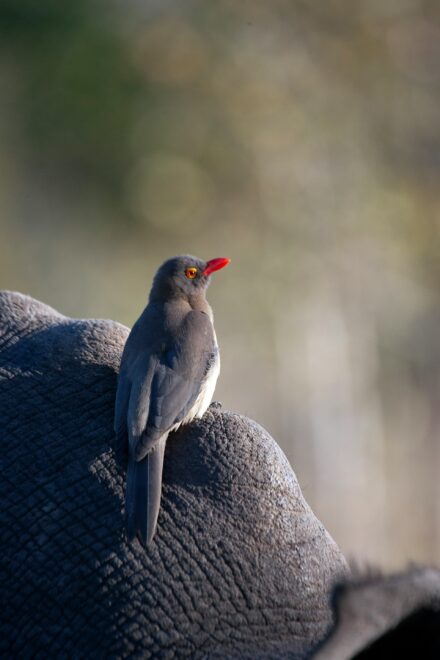 Photo by Janes Oosthuizen
Photo by Janes OosthuizenThe oxpecker, a small bird native to sub-Saharan Africa, is famous for its symbiotic relationship with large herbivores like giraffes, buffalo, and rhinoceroses. These birds feed on ticks, parasites, and dead skin that infest the skin and ears of these large mammals. The relationship is considered mutualistic, as the oxpeckers benefit from a steady supply of food, and the herbivores are relieved of harmful parasites. For birdwatchers in Africa, this dynamic interaction can be seen across savannas and grasslands where large mammals roam.
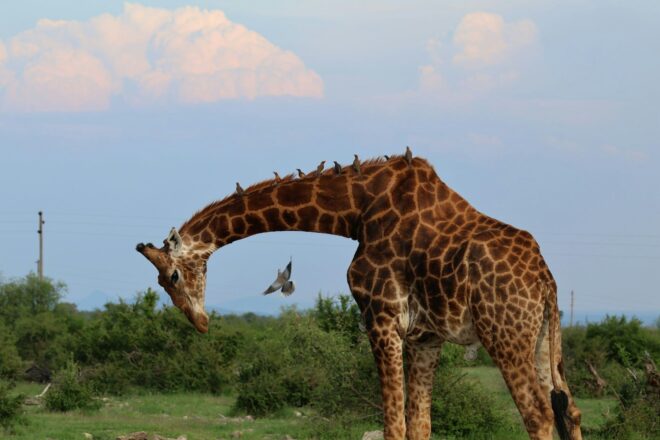 Photo by Robbie Cheadle
Photo by Robbie CheadleHowever, the relationship can sometimes take a darker turn. While oxpeckers initially provide a net benefit to their mammalian hosts, they have been observed to peck at the herbivores’ wounds, feeding on their blood. This parasitic behavior means that the relationship can sometimes shift from mutualism to parasitism, depending on the situation.
2. The Honeyguide and Humans
 Photo by DKeats
Photo by DKeatsThe honeyguide is a small bird found in Africa, and it has a fascinating symbiotic relationship with humans. Honeyguides are known for their ability to lead people to wild beehives. In return for guiding humans to the hive, the birds feed on the beeswax and larvae left behind after the humans harvest the honey. This behavior is mutualistic, benefiting both parties, as humans get honey, and the honeyguide gets a meal from the hive’s remnants.
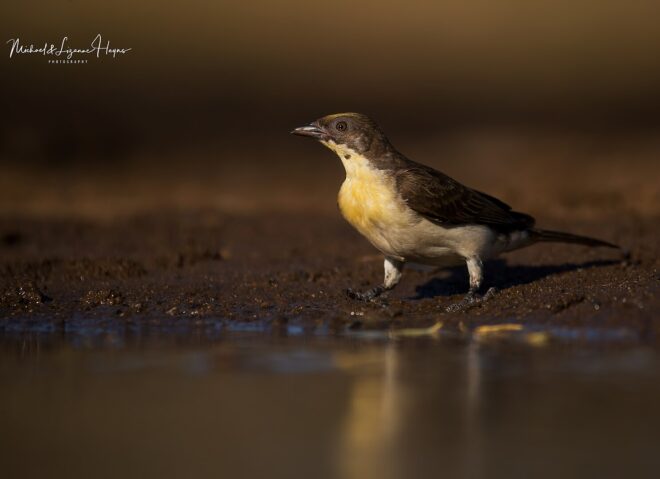 Photo by Michael Heyns
Photo by Michael HeynsBirdwatchers in rural African communities may have the opportunity to witness this unique collaboration between humans and birds. The honeyguide’s distinctive call and behavior of leading humans towards beehives make it easy to spot in regions like the savannas of East Africa.
3. The Magpie and the European Badger
 Photo by Alexis Lours
Photo by Alexis LoursIn Europe, the Eurasian Magpie forms an unusual symbiotic relationship with the European Badger. Magpies are often seen perched on the backs of badgers, picking ticks and parasites off the badger’s fur. This relationship is considered mutualistic, as the magpie benefits from a reliable food source, while the badger gets rid of annoying parasites that could lead to infections.
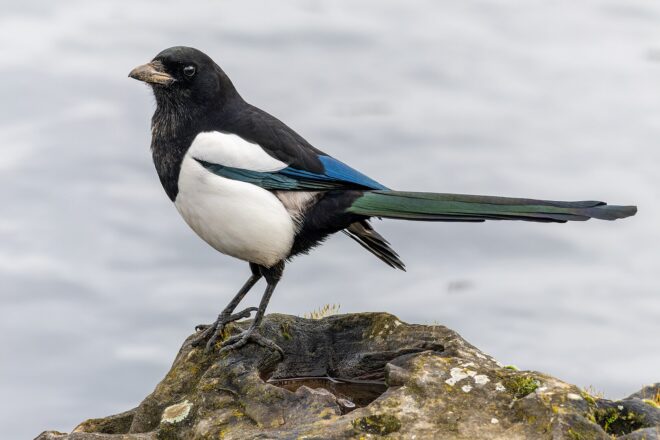 Photo by Alexis Lours
Photo by Alexis LoursThese interactions are most commonly seen at dusk when badgers emerge from their dens to forage. Birdwatchers may observe the magpie hopping between trees and then following the badger as it searches for food in woodlands or open fields.
4. The Plover and the Crocodile
 Photo by Francesco Veronesi
Photo by Francesco VeronesiThe Egyptian Plover shares an extraordinary symbiotic relationship with the Nile Crocodile. This interaction is a textbook example of mutualism. The plover feeds on food particles stuck between the crocodile’s teeth, such as leftover fish bits or decaying matter. In return, the crocodile benefits from a clean mouth and the prevention of tooth infections.
 Photo by Steve Garvie
Photo by Steve GarvieThis relationship has been featured in wildlife documentaries and is often considered an example of the cleaning symbiosis seen in some bird species. For birdwatchers visiting the rivers and lakes of Africa, observing the plover and crocodile side by side is a rare but fascinating sight.
5. The Red-shouldered Hawk and the Raccoon
 Photo by ADJ82
Photo by ADJ82While hawks are typically seen as solitary predators, the Red-shouldered Hawk in North America sometimes engages in a mutualistic relationship with raccoons. Raccoons are opportunistic feeders, and they often disturb insects, small mammals, or reptiles while searching for food. These disturbances can flush out prey, making it easier for the hawk to catch a meal.
 Photo by Steve Colwell
Photo by Steve ColwellIn this case, the hawk benefits from the raccoon’s activities, and while the raccoon isn’t directly benefiting from the hawk’s presence, it also avoids competition from the hawk’s hunting territory. Birdwatchers can spot this interaction in woodlands, swamps, and suburban areas where both species live.
6. The Weaverbird and the Acacia Tree
 Photo by Charles J. Sharp
Photo by Charles J. SharpWeaverbirds are known for their elaborate nests, which they weave from grass, twigs, and sometimes even the thorns of acacia trees. These birds tend to build their nests in acacia trees, benefiting from the tree’s dense canopy, which provides safety from predators. Meanwhile, the acacia benefits from the weaverbirds’ nesting activity, as the birds’ presence can help keep away insect pests that may harm the tree.
 Photo by Charles J. Sharp
Photo by Charles J. SharpThis mutualistic relationship ensures that both the weaverbirds and the acacia trees thrive in savanna and woodland habitats across Africa. Birdwatchers often spot weaverbirds building their nests in acacia trees during breeding seasons.
7. The Kiskadee and the Antbirds
 Photo by Rhododendrites
Photo by RhododendritesIn tropical regions of Central and South America, the Great Kiskadee, a type of flycatcher, forms a unique mutualistic relationship with antbirds. Kiskadees are aggressive hunters and often disturb ant colonies in the underbrush while foraging for insects. These disturbances cause ants to move quickly, and antbirds, who are opportunistic feeders, follow behind to catch the fleeing ants.
 Photo by Gary L. Clark
Photo by Gary L. ClarkThis behavior benefits both species: the kiskadee gets its fill of insects while the antbirds take advantage of the chaos to find food. Birdwatchers can spot this dynamic interaction in forests and wetlands from southern Mexico to Brazil.
8. The Shrike and the Scavenger Birds
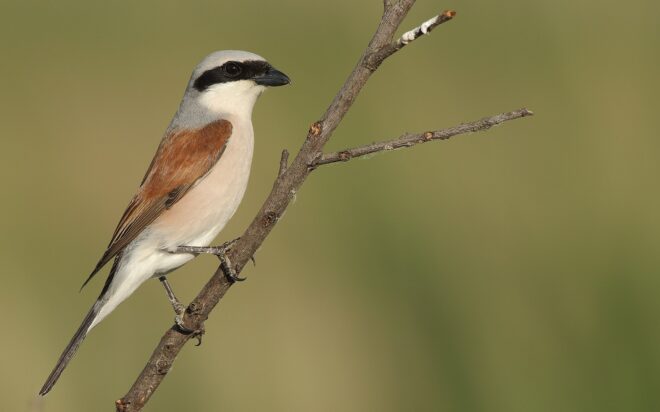 Photo by Antonios Tsaknakis
Photo by Antonios TsaknakisShrikes are predatory birds that are known for their unique method of killing and storing prey. They impale their prey, usually insects, small mammals, or birds, on thorns, barbed wire, or fences. This unusual habit creates an opportunity for scavenger birds like ravens and crows to pick at the leftover prey.
 Photo by Alex
Photo by AlexWhile the relationship is commensal, with the scavenger birds benefiting without harming the shrikes, it’s an interesting example of how bird species interact with one another. Birdwatchers can observe this phenomenon in open fields, farmland, and along roadsides, where shrikes are known to hunt.
9. The Piping Plover and the Horseshoe Crab
 Photo by Gene Nieminen
Photo by Gene NieminenThe Piping Plover, a small shorebird found along the Atlantic coast of North America, has an important relationship with Horseshoe Crabs. Each spring, the crabs come ashore to lay their eggs, and the plovers take advantage of this seasonal abundance. As the crabs deposit their eggs in the sand, the plovers feast on the nutritious eggs, ensuring their survival during migration.
 Photo by Bear Golden Retriever
Photo by Bear Golden RetrieverThis interaction is mutualistic, with the plovers benefiting from the crabs’ eggs while the crabs’ reproductive success is not harmed by the plovers’ feeding. Birdwatchers along the coastlines during the spring months can observe this relationship in action.
10. The Mistletoebird: A Symbiotic Seed Disperser
 Photo by JJ Harrison
Photo by JJ HarrisonThe Mistletoebird (Dicaeum hirundinaceum), found in Australia, exhibits a more mutualistic form of dependence, specifically with mistletoe plants. While not directly reliant on another animal for its survival in the same way as the vulture or cowbird, its life cycle is inextricably linked to a specific group of flowering plants that often grow parasitically on trees.
The Mistletoebird feeds almost exclusively on the berries of mistletoe. Its digestive system is uniquely adapted to this diet. Unlike most birds, it lacks a gizzard, the muscular part of the stomach that grinds food. This allows the sticky seeds of the mistletoe berries to pass through its digestive tract relatively quickly and undigested.
 Photo by Imogen Warren
Photo by Imogen WarrenThe crucial dependence arises from the bird’s behavior after feeding. The Mistletoebird often perches on branches and defecates, depositing the sticky seeds onto the bark. If the conditions are right, these seeds germinate and grow into new mistletoe plants. This process of seed dispersal is largely carried out by the Mistletoebird, making the mistletoe highly dependent on this bird for its propagation.
In turn, the Mistletoebird relies on the continuous availability of mistletoe berries as its primary food source. This relationship is a fascinating example of mutualism, where both species benefit. The mistletoe gains a highly effective dispersal mechanism, and the Mistletoebird gains a reliable and abundant food supply. While other animals might occasionally eat mistletoe berries, the Mistletoebird’s specialized diet and digestive system make it the primary partner in this ecological interaction.
Final Thoughts
For those passionate about birdwatching, understanding these interactions adds an exciting layer of context to every bird sighting. It helps connect the dots between species and environments, allowing birdwatchers to become more attuned to the natural world around them. The next time you find yourself in the field, try to look beyond the bird itself. Observe its surroundings, notice what other species might be interacting with it, and you may find yourself discovering new layers of complexity in nature that were once hidden.
In the end, these symbiotic partnerships highlight the profound interconnectedness of life. Birds, mammals, reptiles, and even humans are all part of a complex network that thrives on cooperation, competition, and adaptation. For birdwatchers, there is always more to learn, and the more we explore these relationships, the more we appreciate the extraordinary ways in which nature thrives in balance. Whether you’re observing the plover on the shore or the oxpecker on the back of a buffalo, you’re not just watching a bird, you’re witnessing the beautiful, cooperative dance of life unfolding before your eyes.




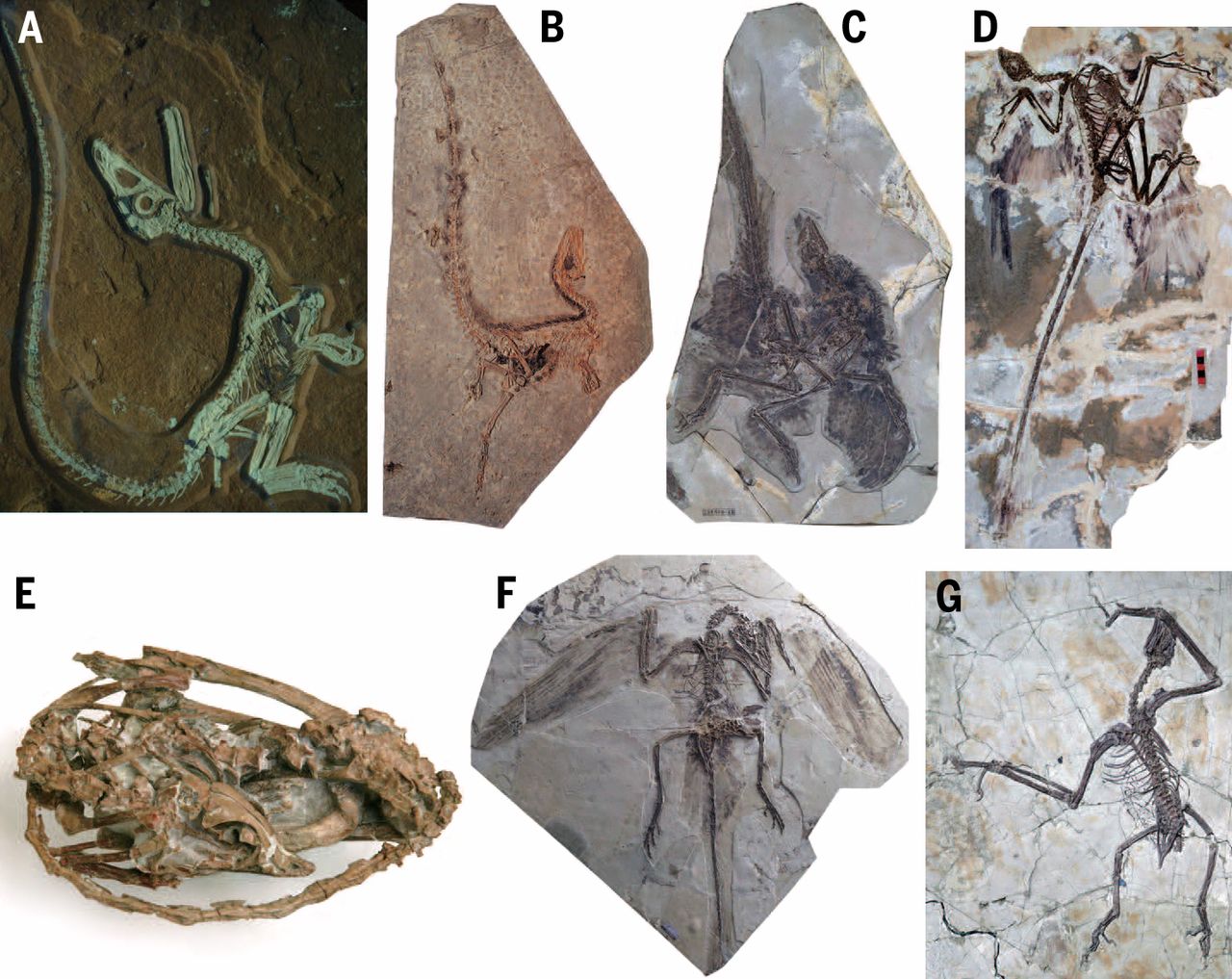
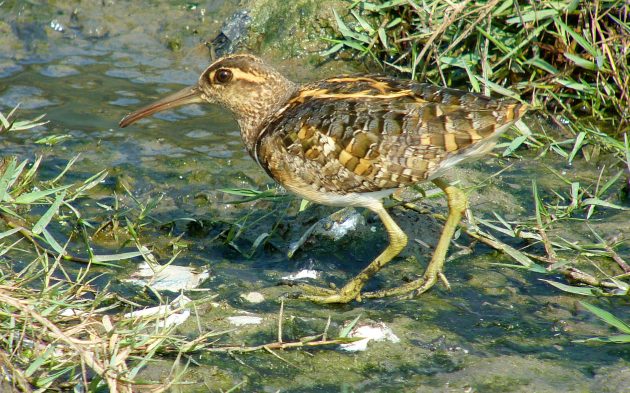

















 English (US) ·
English (US) ·  French (CA) ·
French (CA) ·